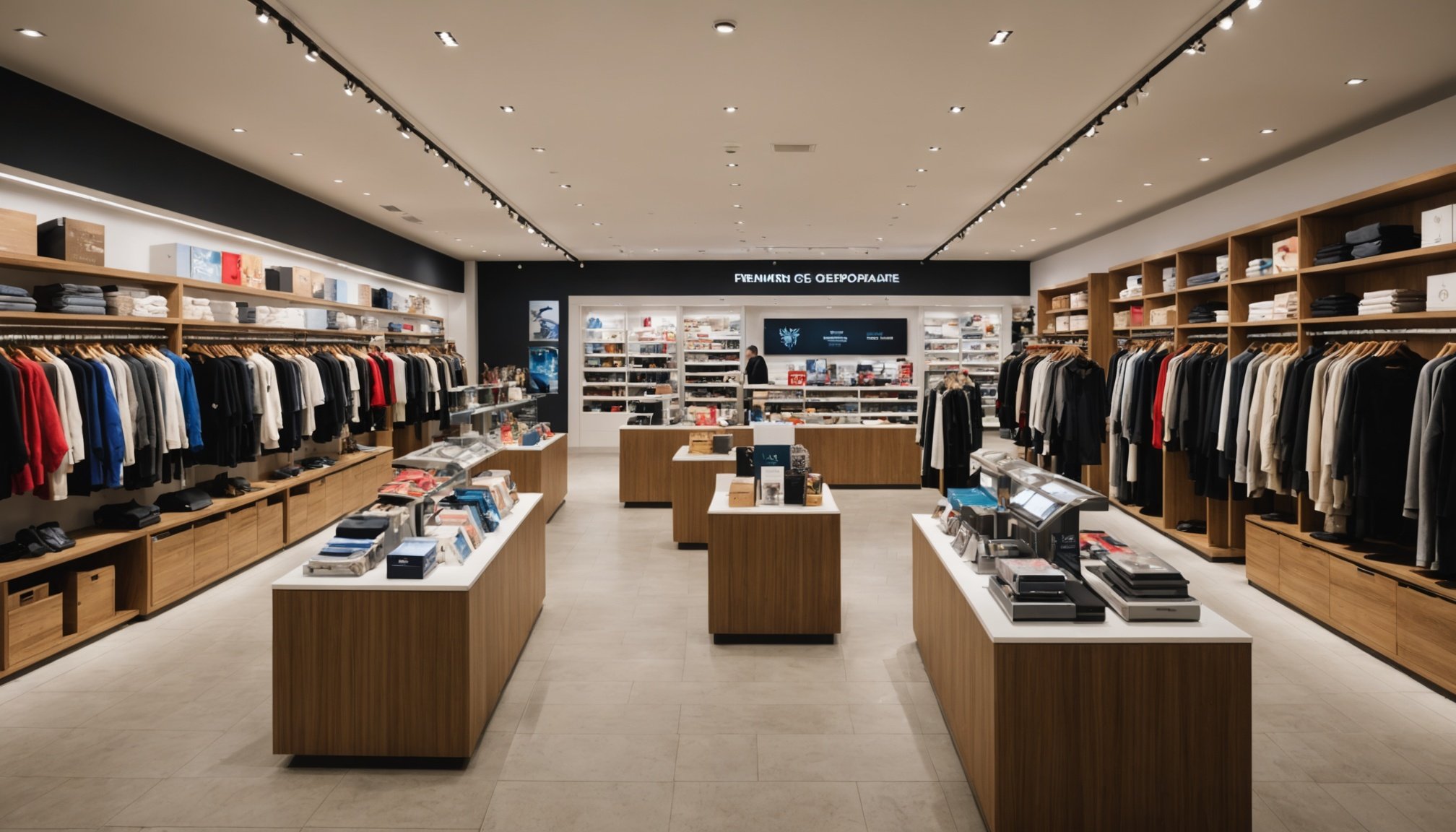Understanding Geomarketing in Retail
Geomarketing is transforming retail strategy by using location-based marketing to connect with consumers in a precise geographic area. Unlike traditional marketing, which casts a wider net, geomarketing focuses on contextual relevance, creating personalised messages based on a consumer’s location. This approach leverages geographic data to understand where potential customers are and tailors retail strategies accordingly, improving engagement and conversion rates.
Traditional methods might involve generalised advertising across broad regions, leading to potential misalignment with local consumer needs. Geomarketing, however, concentrates efforts where they are most likely to be effective, maximising returns on investment. The significance of geomarketing in retail is its ability to merge digital and physical channels, ensuring consumers receive location-relevant content.
In the same genre : Revolutionizing UK Enterprises: Key Strategies to Foster a Data-Driven Mindset
An excellent example can be observed in the UK retail sector, where geomarketing has successfully increased foot traffic and sales. Retailers like Tesco utilise location data to optimise in-store promotions and enhance customer loyalty programs, demonstrating the power of geomarketing in driving business success. With its direct tie to consumer habits and preferences, geomarketing is not just about reaching people – it’s about reaching them with the right message at the right place and time.
Customer Segmentation Techniques
Understanding the diverse needs of consumers is crucial for effective retail strategies. Customer segmentation allows businesses to tailor marketing messages, ensuring relevance and resonance with specific audiences. This approach involves audience targeting based on various factors, including demographic analysis.
Also to discover : Pioneering UK Logistics: Effective Tactics for Integrating Self-Driving Vehicles
Importance of Customer Segmentation
By breaking down a customer base into smaller, more manageable groups, retailers can address each segment’s unique needs and preferences. Tailored marketing messages not only boost engagement but also enhance customer satisfaction and loyalty. For example, a campaign targeting young professionals will differ significantly in tone and content from one aimed at retirees.
Techniques for Effective Segmentation
Precision marketing is achievable through the use of geographic data to pinpoint consumers based on location. Additionally, incorporating psychographic factors such as lifestyle and values provides a deeper understanding of customer motivations. By considering both geographic and psychographic aspects, retailers can craft highly personalised strategies.
Tools and Technologies for Segmentation
To excel in segmentation, businesses rely on a suite of software tools designed for data analysis. These allow the mining of consumer information to create detailed profiles. Best practices involve leveraging analytics to inform decision-making, ensuring marketing efforts align with consumer behaviour and preferences. Utilising advanced analytics not only refines targeting but optimises campaign impact, driving success in retail marketing.
Location Analysis for Optimal Retail Placement
In the realm of retail, location analysis is paramount. It aids businesses in choosing optimal retail placement, significantly influencing consumer access and sales potential. The process involves evaluating potential sites, focusing on metrics such as foot traffic and demographics. These factors provide insights into the feasibility and attractiveness of a location.
A critical tool in this process is Geographic Information Systems (GIS) technology. GIS technology allows retailers to visualise and analyse geographic data, offering concrete evidence about a site’s potential success. By assessing factors like local population density and consumer trends, retailers can make informed site selection decisions that align with business goals.
For instance, UK retailer Asda has effectively used location analysis to identify profitable sites. By examining shopper demographics and foot traffic patterns, Asda ensured their outlets were positioned to capture maximum market share. This strategic selection process highlights how location analysis can substantially enhance retail performance.
Through deliberate location analysis, retailers can optimise their operations, catering to precise consumer needs and maximising convenience. As the retail landscape becomes more competitive, leveraging advancements in GIS and demographic data will remain essential for successful site selection.
Integrating Technology in Geomarketing Strategies
The integration of technology in geomarketing strategies plays a crucial role in enhancing modern retail operations. By incorporating advanced tools and platforms, businesses can significantly improve their marketing effectiveness and customer engagement.
Mobile Geomarketing Techniques
Mobile marketing leverages the ubiquity of smartphones to deliver real-time marketing efforts. By utilising location-based notifications, retailers can send targeted offers and updates to consumers as they navigate through specific areas. This immediacy not only boosts engagement but also drives in-store visits and purchases.
Advancements in Data Analytics
Big data is instrumental in deciphering consumer behaviour patterns, allowing businesses to tailor marketing strategies with precision. Analysing intricate purchase patterns offers insights into consumer preferences, enabling more personalised and effective marketing campaigns. By harnessing these insights, retailers can anticipate consumer needs and adapt their strategies accordingly.
Enhancing Customer Engagement through Technology
Technology also enriches the shopping experience by implementing interactive tools. For example, personalised apps and virtual consultations can significantly elevate customer satisfaction. Successful case studies demonstrate that these enhancements make shopping more engaging, fostering loyalty and increasing customer retention.
Through strategic application, technology integration can transform geomarketing, providing retailers with deeper connections to their customers and more significant returns on their investments.
Measuring the Impact of Geomarketing Campaigns
Understanding the effectiveness of geomarketing campaigns requires the use of specific key performance indicators (KPIs). These metrics are essential in determining the campaign’s success, encompassing aspects like customer engagement, conversion rates, and sales growth. Retailers can track KPIs using analytics tools, which provide real-time data on consumer interactions and behavioural trends.
ROI analysis is crucial in verifying the financial returns a geomarketing initiative generates. This involves comparing campaign revenue against expenditures to understand profitability. Effective ROI analysis aids retailers in budget allocation, ensuring money is spent on strategies yielding the highest returns.
One method of assessing campaign success is by analyzing customer footfall and the consequent rise in in-store purchases. Tools like heat maps allow retailers to gauge customer movement and engagement, directly linking marketing efforts to sales performance.
Case studies highlight businesses that have significantly improved ROI through precise tracking and analysis. For instance, a UK retailer might discover a 20% increase in foot traffic after deploying a location-targeted promotion. By continually refining measurement techniques, retailers can optimise their marketing KPIs, ensuring sustained improvement and adaptation to market dynamics.











